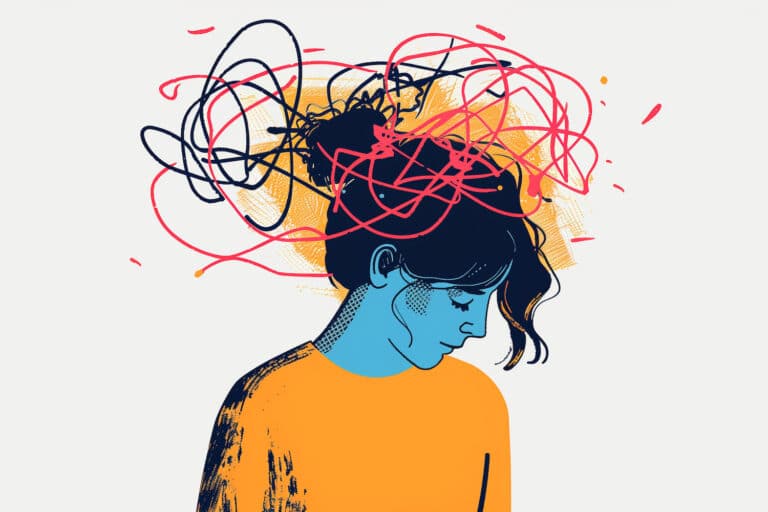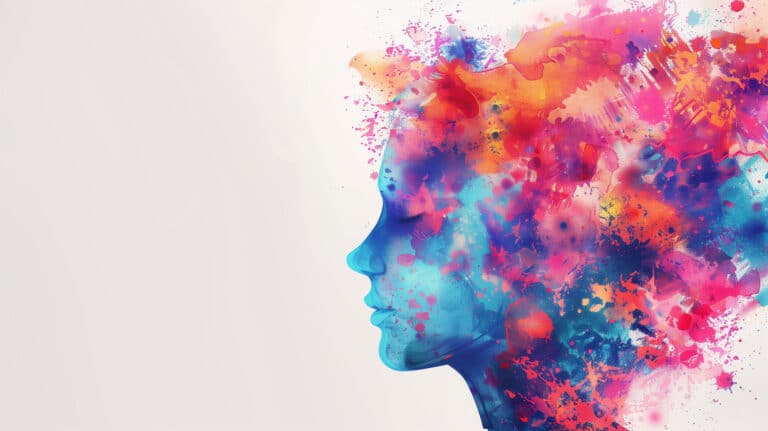Two people can have the same eating disorder. However, their behaviors and symptoms aren’t always the same. These differences defy the beliefs that people have about eating disorders. Because of that, they may be wondering: what is atypical anorexia nervosa?
What Is Atypical Anorexia Nervosa?
It’s important for people to understand the requirements for an anorexia diagnosis first. The Diagnostic and Statistical Manual of Mental Disorders (DSM-5) lays out the criteria.
People have the condition when they restrict their caloric intake and regress to a very low weight. Doctors base their normal weight on their age, gender, developmental trajectory, and physical health. In addition, they often have an excessive fear of weight gain and a distorted self-image.
However, not all people meet these criteria, so they have a different form of the disorder. According to the DSM-5, those with atypical anorexia nervosa still restrict their caloric intake and worry about their weight. However, they don’t experience significant weight loss as a result. Instead, they have a normal or above-normal weight for their age, gender, and other factors.
About OSFED
The above difference puts the atypical condition into the Other Specified Feeding or Eating Disorders (OSFED) category. Formerly called Eating Disorder Not Otherwise Specified, the DSM-5 uses this category to include several disorders.
Associated Risks
Despite the difference, people with OSFED, including atypical anorexia nervosa, experience similar health risks. Over time, they can develop a full-blown diagnosis of the disorder with a dangerously low weight. They also have the same high mortality rate as those who have the full disorder.
Like with a full-blown eating disorder, people who fall into the OSFED category can develop co-occurring mental illnesses. They may also engage in self harm and substance abuse. These behaviors can occur with other eating disorders as well.
The Advantage of Early Treatment
In learning more about what is atypical anorexia nervosa, people can understand the need for treatment. According to research, getting treatment for an OSFED condition early can improve the chance of recovery. It can reduce the development of side effects in some cases.
Cognitive behavioral therapy (CBT) is one of the most successful strategies for treatment. It revolves around helping people change distorted perceptions so that their behaviors are more positive. Regarding eating disorders, it improves their self-image and perception of the perfect body. This change helps them stop restricting their diets and worrying about their weight in excess.
Get Help Today
Do you recognize the symptoms of anorexia nervosa in yourself? Have you tried other treatments without success? Magnolia Creek Treatment Center for Eating Disorders can help you overcome the disorder. We provide tools that rebuild your health in a therapeutic environment, such as:
- Dual diagnosis treatment
- CBT
- Dialectical behavior therapy
- Art therapy
- Mindfulness
Don’t let any type of eating disorder keep you from achieving health and happiness. Let us teach you more about the answer to the question, “What is atypical anorexia nervosa?” Call 205-235-6989 to find out more about our evidence based treatments.




